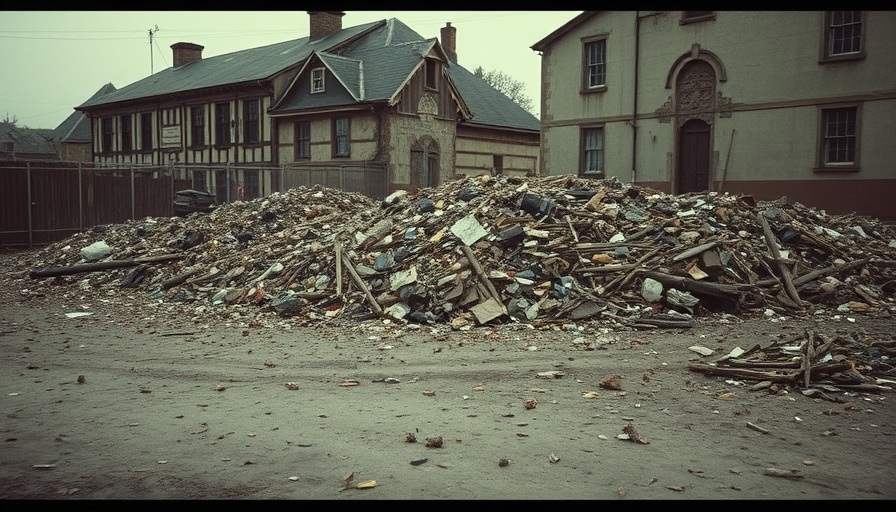
Contaminated History: The Impact of 1925's Dump on Community Health
In April 1925, the residents of Superior, Wisconsin, faced a troubling public health crisis. A petition was raised by concerned parents from the Ericsson PTA, imploring the Wisconsin Board of Health to intervene against the city’s dump located perilously close—merely two blocks— from a major public school. This dump, situated at Catlin Avenue and North Sixth Street, was said to be a harbor for diseases and infested with rats, illustrating the precarious balance between urban development and residents' health.
Unpacking the Health Concerns of Urban Living
The community’s fears were not unfounded. The proximity of the dump to the school posed direct health risks to children, with reports stating six cases of contagious diseases within the immediate vicinity. Urban dumps, often considered necessary evils in the early 20th century, were frequently neglected, leading to unsanitary conditions that fostered sickness. In today’s context, growing awareness and advocacy for environmentally sound waste management solutions resonate with those historical cries for healthier community practices.
What the Past Teaches Us About Our Present
This historical snapshot acts as a reminder of the persistent need for vigilance regarding waste disposal and public health regulations. As we grapple with modern challenges like pollution and environmental justice, examining events like the 1925 Superior dump highlights the need for active participation in public health advocacy. It serves as an inspiration for today’s communities to ensure safe and hygienic environments around schools and residences.
Comparative Lessons from the Past
When reflecting on the Superior dump incident, it’s interesting to consider parallels in contemporary environmental health crises. A similar outcry regarding worker safety emerged in 2005, where investigations into health hazards among grain workers pointed to the dangers of pesticides and chemical exposure. These historical links emphasize that despite advances in technology and public awareness, the struggle against environmental health risks remains ongoing.
Community Engagement: A Step Toward Better Practices
Engaging in dialogues surrounding urban waste management is crucial for communities today. Just as parents organized in 1925, modern residents must unite to push for environmental policies that prioritize health and safety. Initiatives such as community cleanup days, educational workshops on waste disposal, and partnerships with local governments can create impactful changes. By speaking up, communities can advocate for their right to a healthy living space.
The Road Ahead: Sustainable Practices for Future Generations
Our health is intricately linked to our environment. The lessons learned from the 1925 Superior dump encourage a reflection on today’s practices. Emphasizing sustainable living and waste reduction can mitigate health risks associated with pollution. Supporting initiatives that promote cleaner community spaces is not just beneficial but essential for the well-being of future generations.
In closing, revisiting these pivotal moments in history can inspire actionable insights for today’s public health and environmental advocacy. Communities must continue to address health concerns and ensure that historical mistakes are not repeated.
 Add Row
Add Row  Add
Add 




Write A Comment